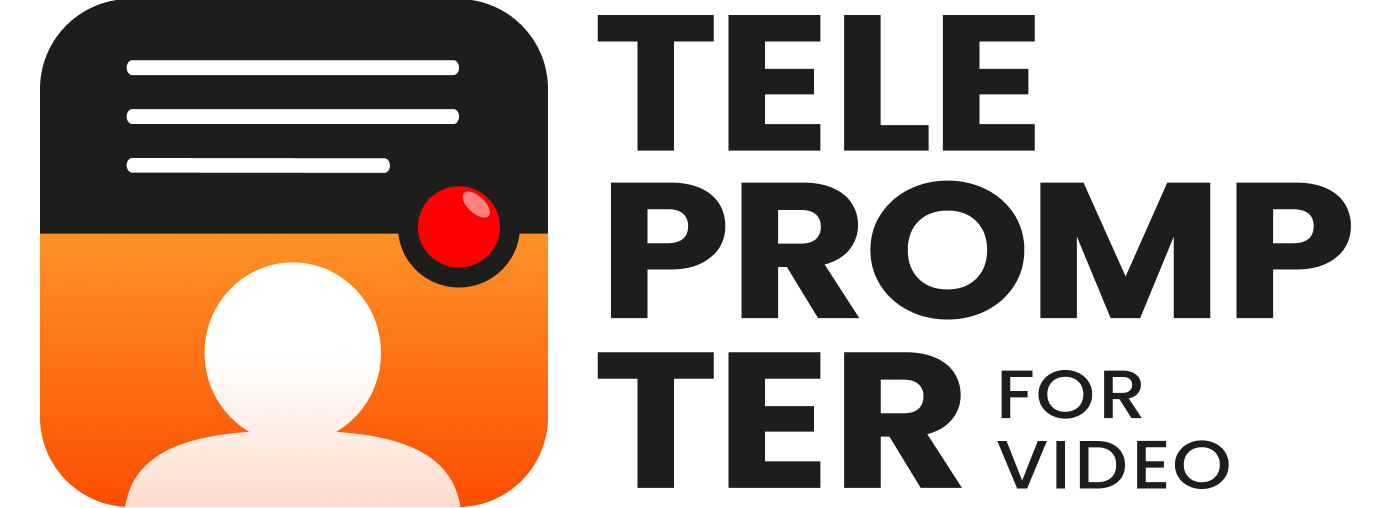What do you picture when you hear the word “storyboard”? Perhaps a beautifully hand-drawn comic strip from the Disney archive?
But storyboards aren’t just for animation films or Hollywood blockbusters. They are a super useful tool for anyone creating a video, no matter how short or simple.
Why? Because a storyboard helps you to plan your video to perfection.
What are the benefits of a storyboard?
Think of a storyboard as the visual partner to your script. Rather than words, it’s made up of a series of images that detail what’s on-screen at each stage of your video.
By taking the time to create a storyboard before you start filming, you’ll be able to:
How can I create a storyboard?
Storyboards are usually hand-drawn (although you can now get software to help you do it digitally). But you don’t need to be an artist to create one. Stickmen will do just fine! All you need is a pencil and large sheet of paper.
Then with your script beside you, draw out one image thumbnail of what’s on screen per video “event”. An event could be something like a change of camera angle, a switch from presenting to camera to an image or clip, or you starting to move as you talk.
It’s a good idea to make notes beside the thumbnail of what’s happening in that shot. Include details such as props needed, sound effects to add or extra elements you’re going to overlay later (like a weblink for more info). Refer to your script dialogue too so that you can make sure the visual and audio complement each other (and make adjustments to either if not).
Your storyboard doesn’t need to be long or complicated. You’ll find that even the simplest storyboard will help you plan because you’ll find it easier to visualise your ideas and perfect your script – and create a better video as result.
So pick up your pencil and give it a go!
Free template
To help you get started, we’ve created a free storyboard template to print and fill in (no signup necessary)




